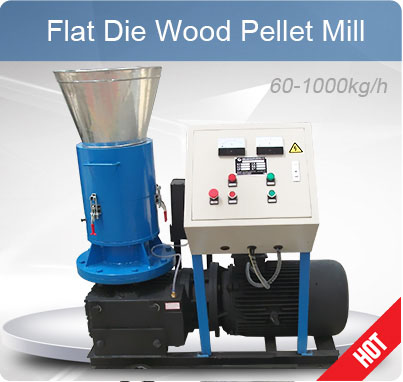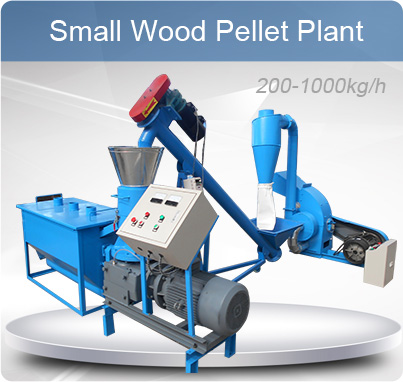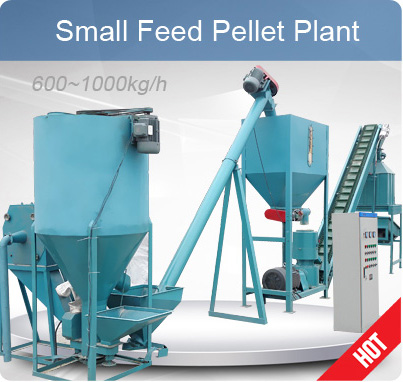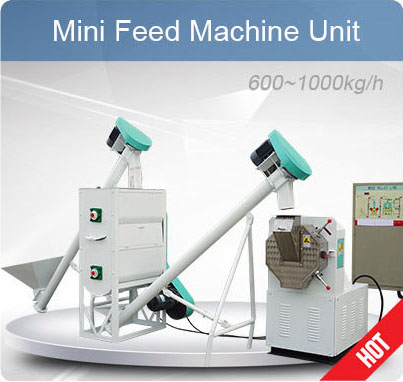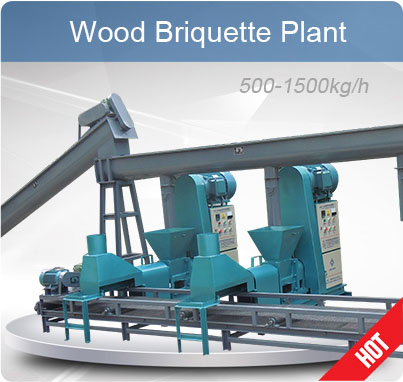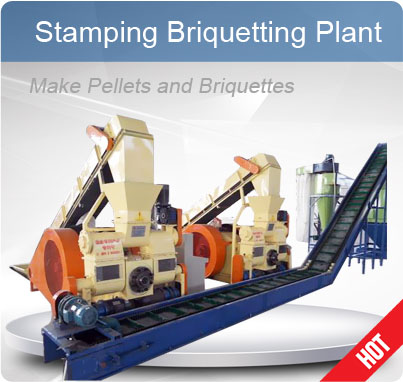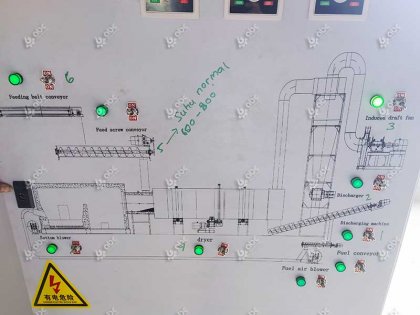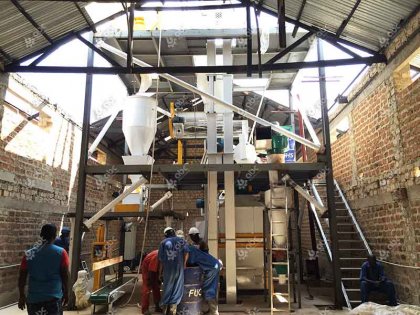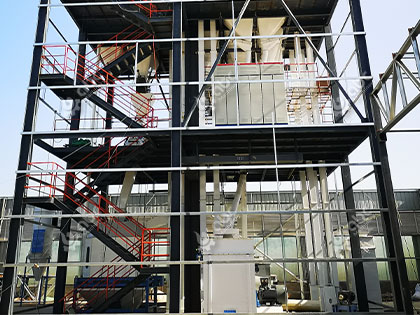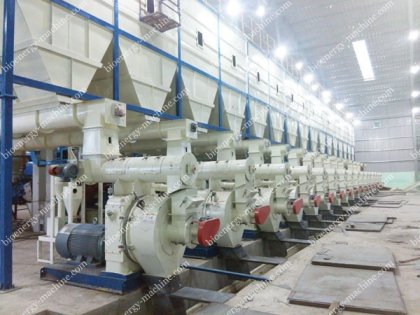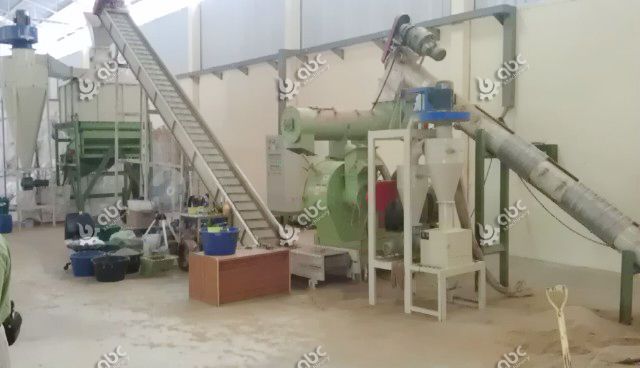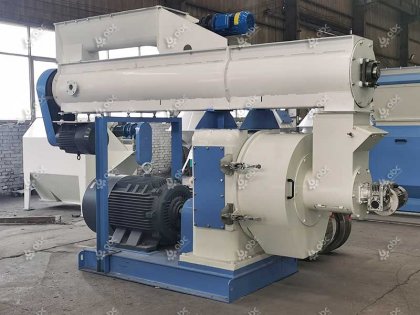Cotton stalk pellets are among the most recommended renewable energy to replace shedload metric tons of oil each year this is said from a new study by the European Bank for Reconstruction and Development and the Food and Agriculture Organization. Cotton plant is the main raw material used in the textile industry in today’s world. Tons of cotton are produced annually and cover 2.5% of the arable land in the whole world. With this very high cotton production in the world means that there is tons of waste generated from the cotton production each year. The waste is then burnt in the fields after the cotton harvest is finished.
With the developed and developing world of technology, Cotton waste after the big harvest can make cotton stalk pellets and that will later on be used as fuel, this creates a cost efficient investment as a biomass fuel.
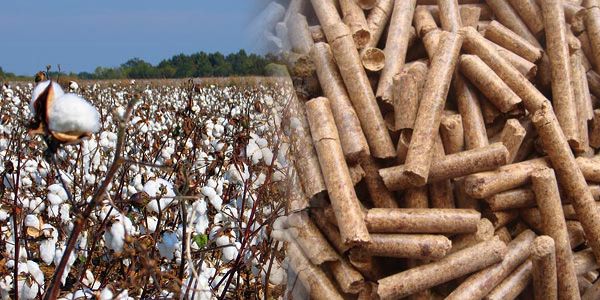
The Making of Cotton Stalk Pellets
Cotton Stalk Pellets can be produced in small scale by a small-scale pellet machine, and also a large capacity pellet making machine can produce large scale cotton pellets. The manufacturing processes that make cotton stalk pellets include grinding as the initial stage, drying, pelletizing, cooling, sieving, and packaging.
1. Grinding and Drying of the pellets
This is the first process of cotton stalk pellet production after the cotton harvest is completed. In this process the moisture content on the stalk should not be too low or too high. The proper moistness satisfied is 18% and the minimal level should be 12%. If the moisture content on the stalk is higher than the recommended sawdust dryer can be used to dry the stalks but if moisture content is less than the recommended 18% then there is absolutely no need to go through the drying process. It is very crucial that before the stalks are pelletized the size of the material to be suitable. To crush the stalk into shorter particles the hammer mill is efficient equipment that can be used for the grinding process. And now with the recommended level of moisture in the raw material and the right size the next process of pillarization can take place.
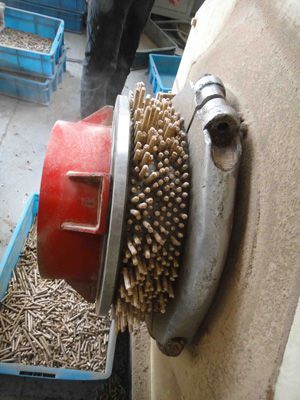 2. Pelletizing and Cooling
2. Pelletizing and Cooling
This is the second and most important process of the cotton stalk pellet production. Different sizes of machines are used depending on the size of production there is. Larger processing equipment will be used for large quantities of output. There are two different types of fuel pellet machines; the flat die wood pellet mill, which is driven by diesel engine or electric motor and the ring die wood pellet mill. Flat die pellet mill is stress-free to operate and maintain, easy to move from one point to another, is small in size and mostly favored pellet making machine for the lesser scale pelletizing. After the grinding and drying process, the pelletizing process begins with the above named machines. After the material is pelletized they are usually very hot and soft when they leave the pellet machine. Thus it is very important to cool the pellet in the pellet cooler to strengthen and make the pellets durable for the market.
3. Screening and Packaging of the pellets
Now the final stages of making the finest cotton stalk pellets, which are cooled, are passed through a vibrating screen to remove fines. The fines can go through the pelletizing process again and once screened they are ready to be packed and used.
The production of cotton stalk pellets is significant to the farmers as the waste from agricultural produce is turned into a valued product. This improves the economy and offers jobs to the unemployed locals of the community. Producing cotton stalk pellets instead of burning the waste product from the cotton harvest is advantageous because it will prevent burning the waste that causes air pollution, burning will decrease the natural action of the soil which can lead to drop yields and cause soil erosion which is not a good outcome to the farmer.
In Turkey the undying urbanization and economic growth has led to increase of electricity consumption, so the government has set targets to use renewable energy from a 13.5% in 2013 to 20.5 % in 2013. This shows that tones of crop residues the cotton stalk pellets being among them could generate more than 1GW of electricity.


